Researchers at MIT have used 3D printing to open the door to low-cost, scalable, and consistent generation of microencapsulated particles, at a fraction of the time and cost usually required. Microencapsulation is the process of encasing particles of one material (a core) within another material (a shell) and has applications in pharmaceuticals, self-healing materials, and dye-based solar cells, among others. But the main problem with the process was that it was that it was slow and didn’t scale, and it was therefore expensive and limited to high-value applications only. With some smart design and stereolithography (SLA) 3D printing, that changed. The researchers are not 3D printing these just because they can; they are printing the arrays because it’s the only way they can be made.
A standard manufacturing process for microspheres is coaxial electrospraying, where electrostatic forces and a specialized nozzle are used to encapsulate particles as they emerge from an aperture. Unfortunately, current methods have very low throughput because they have only one emitter, and must choose between low flow rate, or consistent particle size.
The researchers developed a method using a 3D printed array that is not only scalable, but consistent in output. 3D printing was needed to make the complex network of channels required for uniform operation, all at a fraction of the usual cost and fabrication time involved in testing and developing such devices.
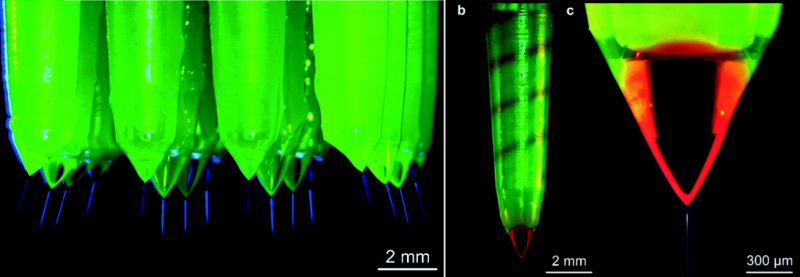
No mention of which SLA printer was used, but the detailed report says “The devices were fabricated using a high-resolution SLA printer (pixelation ∼25 μm) with a layer height equal to 25 μm and absolute tolerances in the x–y and z directions equal to 50 μm and 125 μm, respectively” and that the printed material is an opaque green. Do those specs sound familiar to anyone?

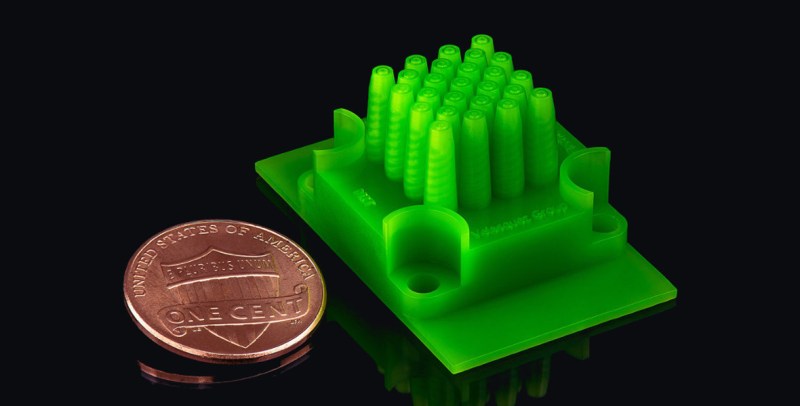
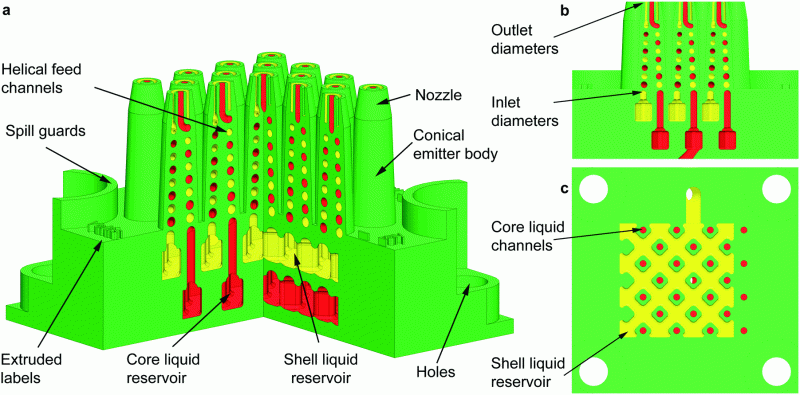




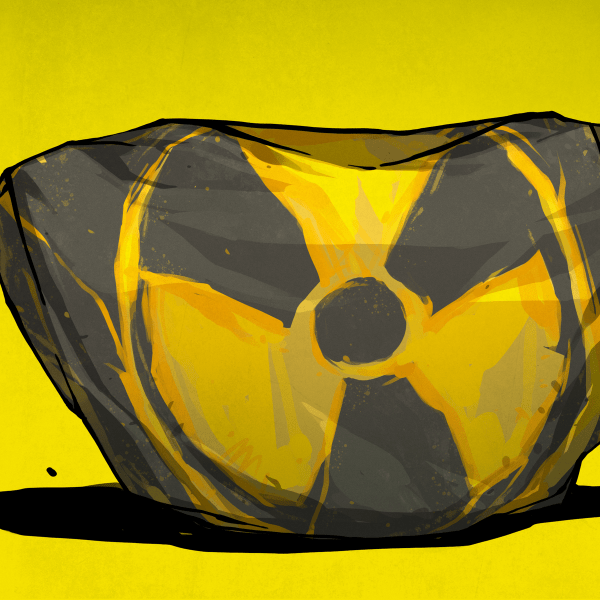


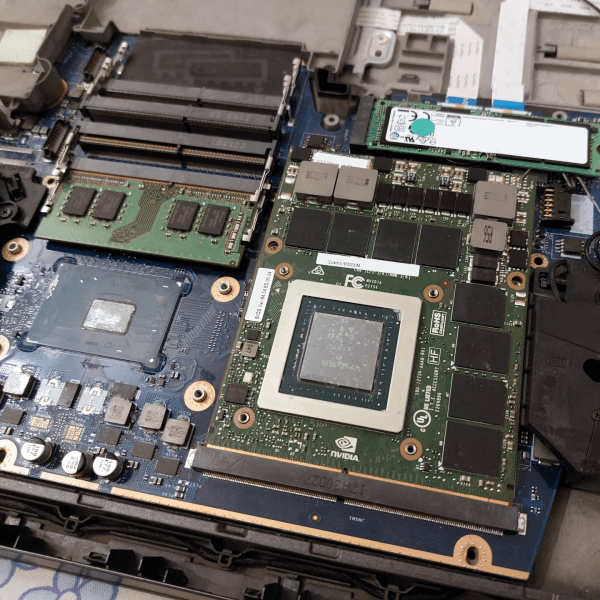



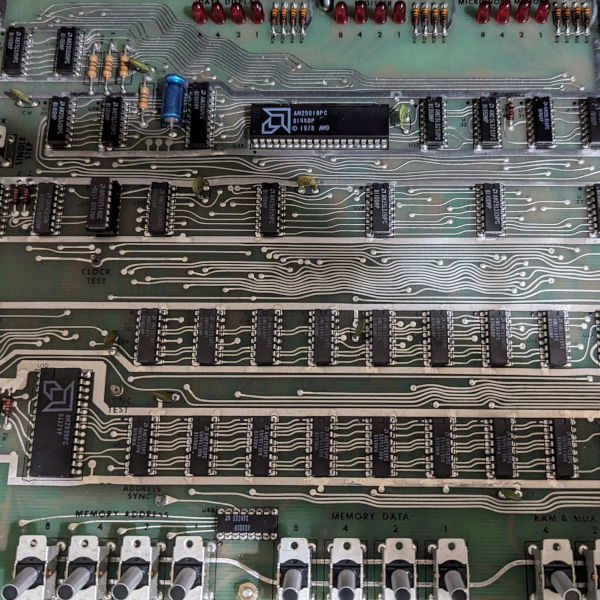


Could it be the Peachy Printer?
Extremely unlikely for so many reasons. Not the least of which it cannot even theoretically produce that quality to begin with. Or the fact that the whole thing fell apart?
https://www.kickstarter.com/projects/117421627/the-peachy-printer-the-first-100-3d-printer-and-sc/posts/1572573
The process was that it was that it was
The material looks like the Microfine Green SLA resin they use at Protolabs. They offer the highest res SLA prints that I know of in this material. It’s not cheap.
Point of the helical feed channel?
Why is the tip different in the first/last images?
Neat stuff
Same tip, but the last pictures show the tip with liquid being extruded into microcapsules. It only looks pointy because the liquid is about to drip out, I believe.
Easily done on something like the LittleRP. And the x-y pixelation seems about right, mine is about 28 microns X-Y I think.
similar
https://www.youtube.com/watch?v=USSTy_9lAXw
Yep, that’s the Mona Lisa all right. Same technology that brought us Jesus: https://media.npr.org/assets/img/2012/09/20/513259474_13195159_wide-360d295b5726058b589b84b5d341f077b1cde4a7.jpg?s=1400
Someone should scale this up to something that can be printed on an FFF printer and makes “minispheres”. I’m thinking paintballs the size of Airsoft ammo. There are bound to be both culinary and pharmaceutical applications, too, just to name a few. What I’d really like is something that can withstand the heat of molten glass…
Any commercial SLA printer from the last twenty years would be capable of that resolution. The internal channels would be somewhat tricky, since the liquid resin needs to drain out, but proper design and orientation of the part in the machine can solve that problem.
I’d imagine MIT has some pretty expensive high-end machines, but FormLabs grew out of a former MIT project, and their machines are capable of this quality. There’s a chance that they used one of those, I suppose.
I think you could blow out the residual liquid resin with compressed air. As the channels are designed as nozzles, they are open at both ends.
A much better approach: https://www.youtube.com/watch?v=lnVB9MauOrU
Not really, that’s a method for creating droplets, not encapsulated droplets. There’s a huge difference in what they’re useful for.